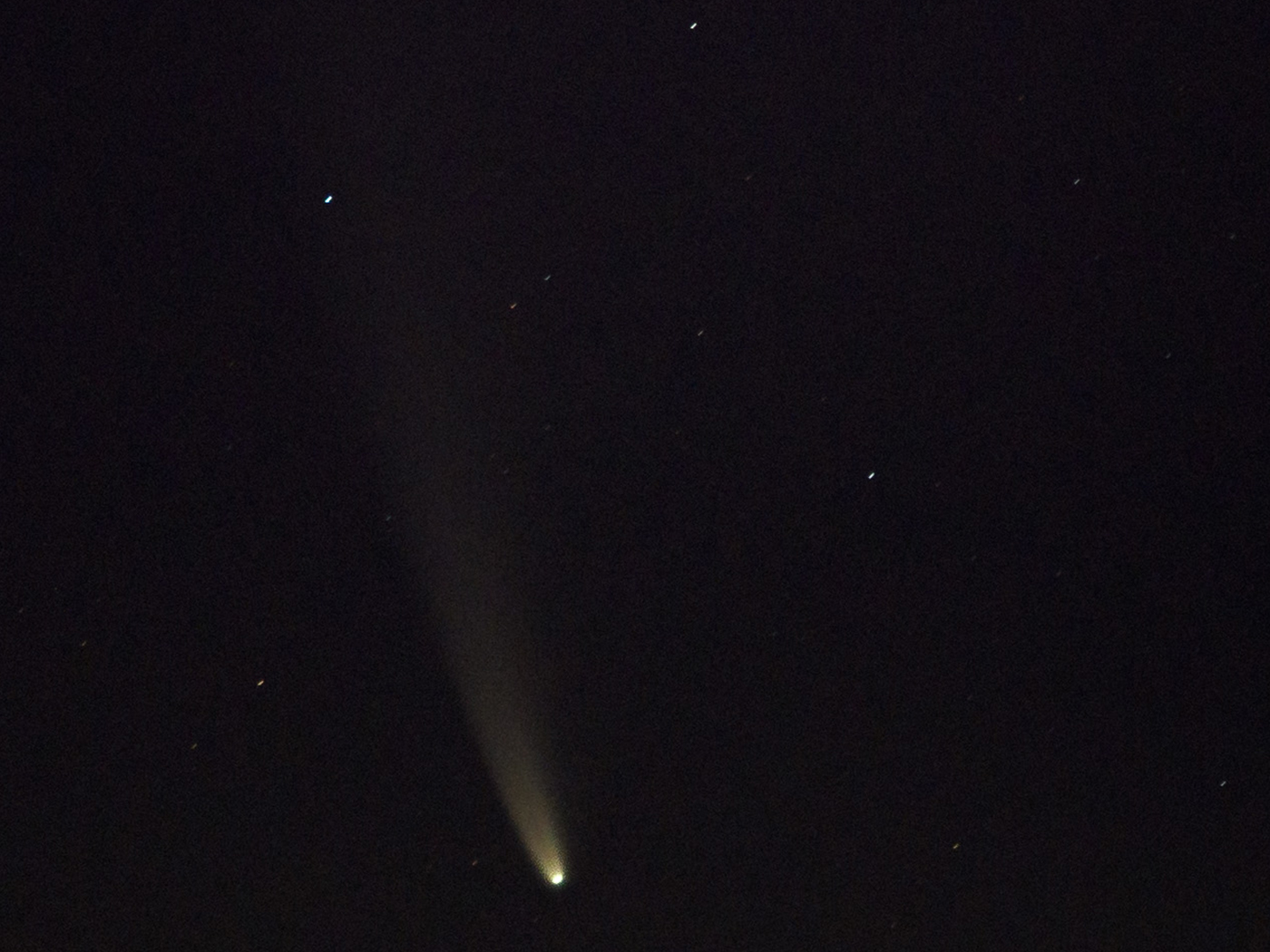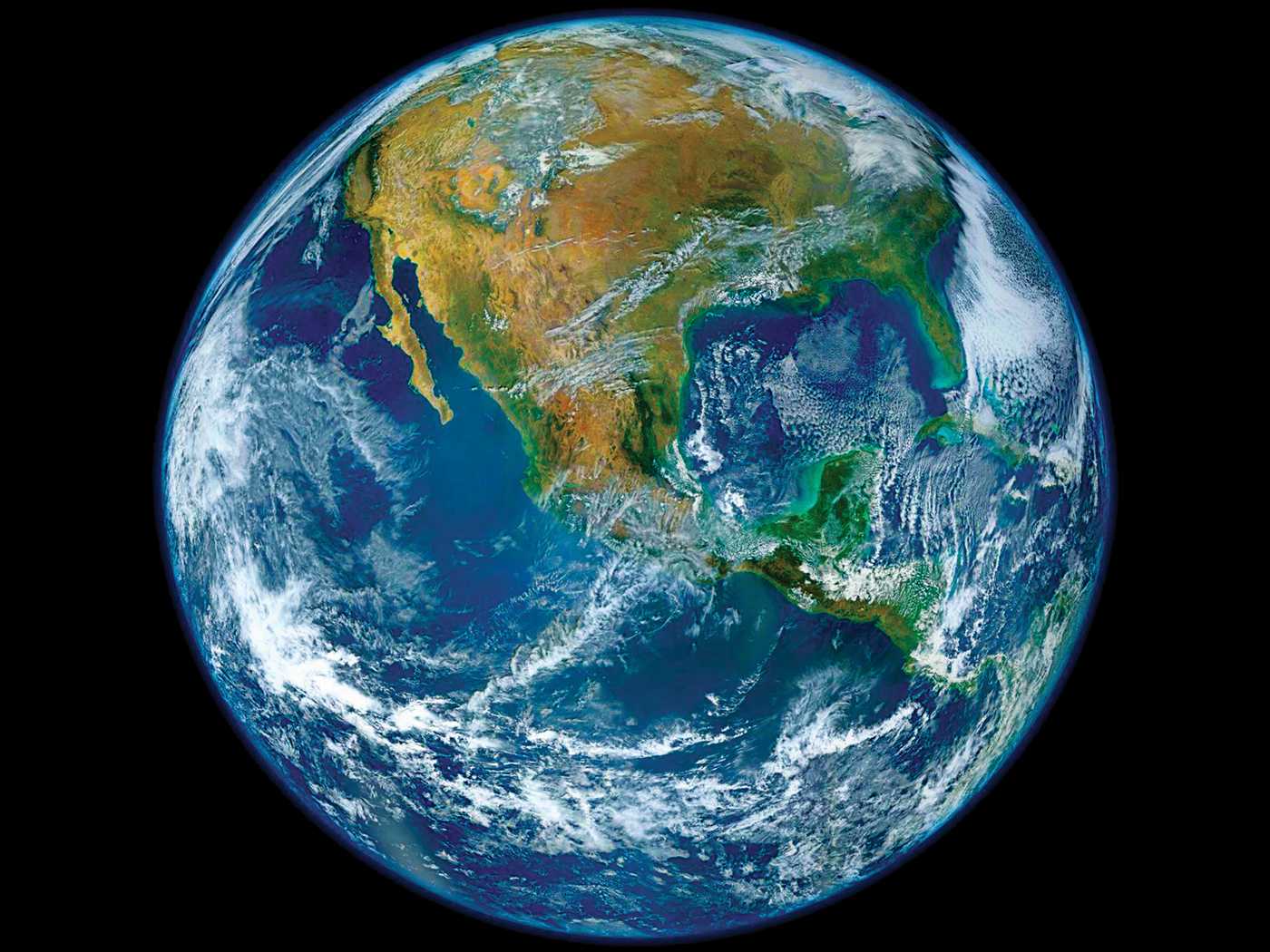February 25, 2008, marks two years since the founder of the Institute for Creation Research, Dr. Henry M. Morris, passed into glory. In honor of this man of God, we have adapted the following article written by Dr. Morris, which so clearly states the principles upon which this organization is based.

Creationism can be studied and taught in any of three basic forms, as follows:
(1) Scientific creationism (no reliance on biblical revelation, utilizing only scientific data to support and expound the creation model).
(2) Biblical creationism (no reliance on scientific data, using only the Bible to expound and defend the creation model).
(3) Scientific biblical creationism (full reliance on biblical revelation but also using scientific data to support and develop the creation model).
These are not contradictory systems, of course, but supplementary, each appropriate for certain applications. For example, creationists should not advocate that biblical creationism be taught in public schools, both because of judicial restrictions against religion in such schools and also (more importantly) because teachers who do not believe the Bible should not be asked to teach the Bible. It is both legal and desirable, however, that scientific creationism be taught in public schools as a valid alternative to evolutionism.
In a Sunday School class, on the other hand, dedicated to teaching the Scriptures and "all the counsel of God," biblical creationism should be strongly expounded and emphasized as the foundation of all other doctrine. In a Christian school or college, where the world of God is studied in light of the Word of God, it is appropriate and very important to demonstrate that biblical creationism and scientific creationism are fully compatible--two sides of the same coin, as it were. The creation revelation in Scripture is thus supported by all true facts of nature; the combined study can properly be called scientific biblical creationism. All three systems, of course, contrast sharply and explicitly with the evolution model.
The evolution and creation models, in their simplest forms, can be outlined as follows:1
|
Evolution Model
|
Creation Model
|
| 1. Continuing naturalistic origin |
1. Completed supernaturalistic origin |
| 2. Net present increase in complexity | 2. Net present decrease in complexity |
| 3. Earth history dominated by uniformitarianism | 3. Earth history dominated by catastrophism |
The evolution model, as outlined above, is in very general terms. It can be expanded and modified in a number of ways to correspond to particular types of evolutionism (atheistic evolution, theistic evolution, Lamarckianism, neo-Darwinism, punctuated equilibrium, etc.).
The same is true of the creation model, with the biblical record giving additional specific information that could never be determined from science alone. The three key items in the creation model above are then modified as follows:
Biblical Creation Model
- Creation completed by supernatural processes in six days.
- Creation in the bondage of decay because of sin and the curse.
- Earth history dominated by the great flood of Noah's day.
Creationists, however, do not propose that the public schools teach six-day creation, the fall of man, and the Noachian flood. They do maintain, however, that they should teach the evidence for a complex completed creation, the universal principle of decay (in contrast to the evolutionary assumption of increasing organization), and the worldwide evidences of recent catastrophism. All of these are implicit in observable scientific data, and should certainly be included in public education.
Both the scientific creation model and the biblical creation model can be considerably expanded to incorporate many key events of creation and earth history, in terms of both scientific observation on the one hand and biblical doctrine on the other. These can, in fact, be developed as a series of formal principles2 of scientific creationism and biblical creationism, respectively, as listed below:
Principles of Scientific Creationism
1. The physical universe of space, time, matter and energy has not always existed, but was supernaturally created by a transcendent personal Creator who alone has existed from eternity.
2. The phenomenon of biological life did not develop by natural processes from inanimate systems but was specially and supernaturally created by the Creator.
3. Each of the major kinds of plants and animals was created functionally complete from the beginning and did not evolve from some other kind of organism. Changes in basic kinds since their first creation are limited to "horizontal" changes (variations) within the kinds, or "downward" changes (e.g., harmful mutations, extinctions).
4. The first human beings did not evolve from an animal ancestry, but were specially created in fully human form from the start. Furthermore, the "spiritual" nature of man (self-image, moral consciousness, abstract reasoning, language, will, religious nature, etc.) is itself a supernaturally created entity distinct from mere biological life.
5. Earth pre-history, as preserved especially in the crustal rocks and fossil deposits, is primarily a record of catastrophic intensities of natural processes, operating largely within uniform natural laws, rather than one of uniformitarian process rates. There is therefore no a priori reason for not considering the many scientific evidences for a relatively recent creation of the earth and the universe, in addition to the scientific evidences that most of the earth's fossiliferous sediments were formed in an even more recent global hydraulic cataclysm.
6. Processes today operate primarily within fixed natural laws and relatively uniform process rates. Since these were themselves originally created and are daily maintained by their Creator, however, there is always the possibility of miraculous intervention in these laws or processes by their Creator. Evidences for such intervention must be scrutinized critically, however, because there must be clear and adequate reason for any such action on the part of the Creator.
7. The universe and life have somehow been impaired since the completion of creation, so that imperfections in structure, disease, aging, extinctions and other such phenomena are the result of "negative" changes in properties and processes occurring in an originally perfect created order.
8. Since the universe and its primary components were created perfect for their purposes in the beginning by a competent and volitional Creator, and since the Creator does remain active in this now-decaying creation, there does exist ultimate purpose and meaning in the universe. Teleological considerations, therefore, are appropriate in scientific studies whenever they are consistent with the actual data of observation, and it is reasonable to assume that the creation presently awaits the consummation of the Creator's purpose.
9. Although people are finite and scientific data concerning origins are always circumstantial and incomplete, the human mind (if open to the possibility of creation) is able to explore the manifestation of that Creator rationally and scientifically, and to reach an intelligent decision regarding one's place in the Creator's plan.
Principles of Biblical Creationism
1. The Creator of the universe is a triune God--Father, Son and Holy Spirit. There is only one eternal and transcendent God, the source of all being and meaning, and He exists in three Persons, each of whom participated in the work of creation.
2. The Bible, consisting of the thirty-nine canonical books of the Old Testament and the twenty-seven canonical books of the New Testament, is the divinely-inspired revelation of the Creator to man. Its unique, plenary, verbal inspiration guarantees that these writings, as originally and miraculously given, are infallible and completely authoritative on all matters with which they deal, free from error of any sort, scientific and historical as well as moral and theological.
3. All things in the universe were created and made by God in the six literal days of the creation week described in Genesis 1:1-2:3, and confirmed in Exodus 20:8-11. The creation record is factual, historical and perspicuous; thus all theories of origins or development which involve evolution in any form are false. All things which now exist are sustained and ordered by God's providential care. However, a part of the spiritual creation, Satan and his angels, rebelled against God after the creation and are attempting to thwart His divine purposes in creation.
4. The first human beings, Adam and Eve, were specially created by God, and all other men and women are their descendants. In Adam, mankind was instructed to exercise "dominion" over all other created organisms, and over the earth itself (an implicit commission for true science, technology, commerce, fine art, and education) but the temptation by Satan and the entrance of sin brought God's curse on that dominion and on mankind, culminating in death and separation from God as the natural and proper consequence.
5. The biblical record of primeval earth history in Genesis 1-11 is fully historical and perspicuous, including the creation and fall of man, the curse on the creation and its subjection to the bondage of decay, the promised Redeemer, the worldwide cataclysmic deluge in the days of Noah, the post-diluvian renewal of man's commission to subdue the earth (now augmented by the institution of human government) and the origin of nations and languages at the tower of Babel.
6. The alienation of man from his Creator because of sin can only be remedied by the Creator Himself, who became man in the person of the Lord Jesus Christ, through miraculous conception and virgin birth. In Christ were indissolubly united perfect sinless humanity and full deity, so that His substitutionary death is the only necessary and sufficient price of man's redemption. That the redemption was completely efficacious is assured by His bodily resurrection from the dead and ascension into heaven; the resurrection of Christ is thus the focal point of history, assuring the consummation of God's purposes in creation.
7. The final restoration of creation's perfection is yet future, but individuals can immediately be restored to fellowship with their Creator, on the basis of His redemptive work on their behalf, receiving forgiveness and eternal life solely through personal trust in the Lord Jesus Christ, accepting Him not only as estranged Creator but also as reconciling Redeemer and coming King. Those who reject Him, however, or who neglect to believe on Him, thereby continue in their state of rebellion and must ultimately be consigned to the everlasting fire prepared for the devil and his angels.
8. The eventual accomplishment of God's eternal purposes in creation, with the removal of His curse and the restoration of all things to divine perfection, will take place at the personal bodily return to the earth of Jesus Christ to judge and purge sin and to establish His eternal kingdom.
9. Each believer should participate in the "ministry of reconciliations" by seeking both to bring individuals back to God in Christ (the "Great Commission") and to "subdue the earth" for God's glory (the Edenic-Noahic Commission). The three institutions established by the Creator for the implementation of His purposes in this world (home, government, church) should be honored and supported as such.
Even though the principles of scientific creationism can be expounded quite independently of the principles of biblical creationism, the two systems are completely compatible. All the genuine facts of science support biblical creationism and all statements in the Bible are consistent with scientific creationism. Either system can be taught independently of the other or the two can be taught concurrently, as the individual situation may warrant.
References
- See Morris, Henry M., ed. 1974. Scientific Creationism. San Diego: C.L.P. Publishers, 12.
- These principles were adopted by the staff of the Institute for Creation Research and incorporated permanently in its By- Laws.
This article was adapted from Morris, Henry M. 1980. "The Tenets of Creationism." Acts & Facts 9 (7).
Cite this article: Morris, H. 2008. The Principles of Creationism. Acts & Facts. 37 (3): 10.

























